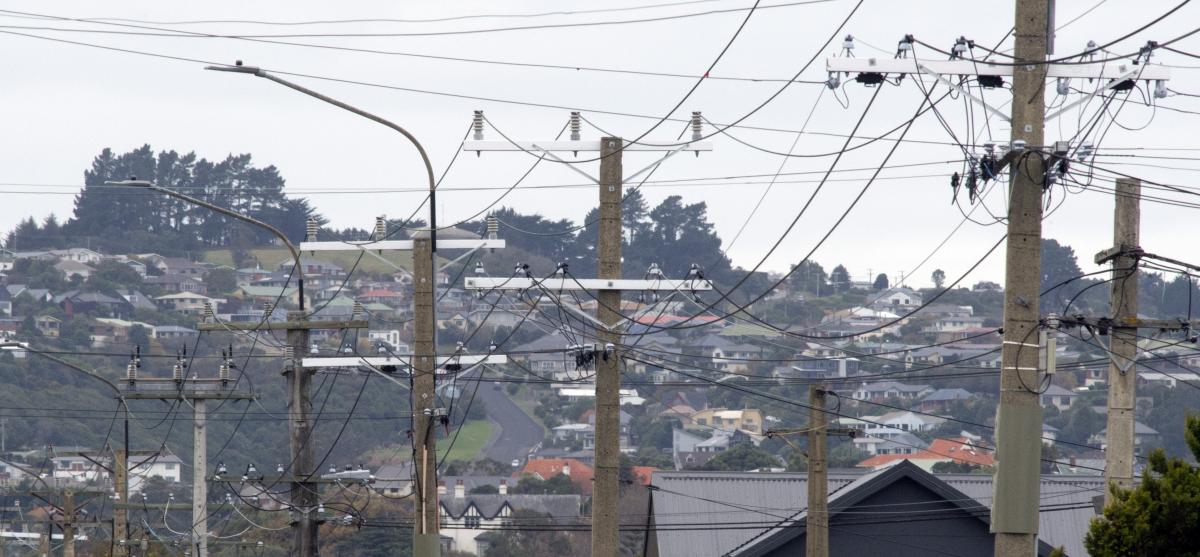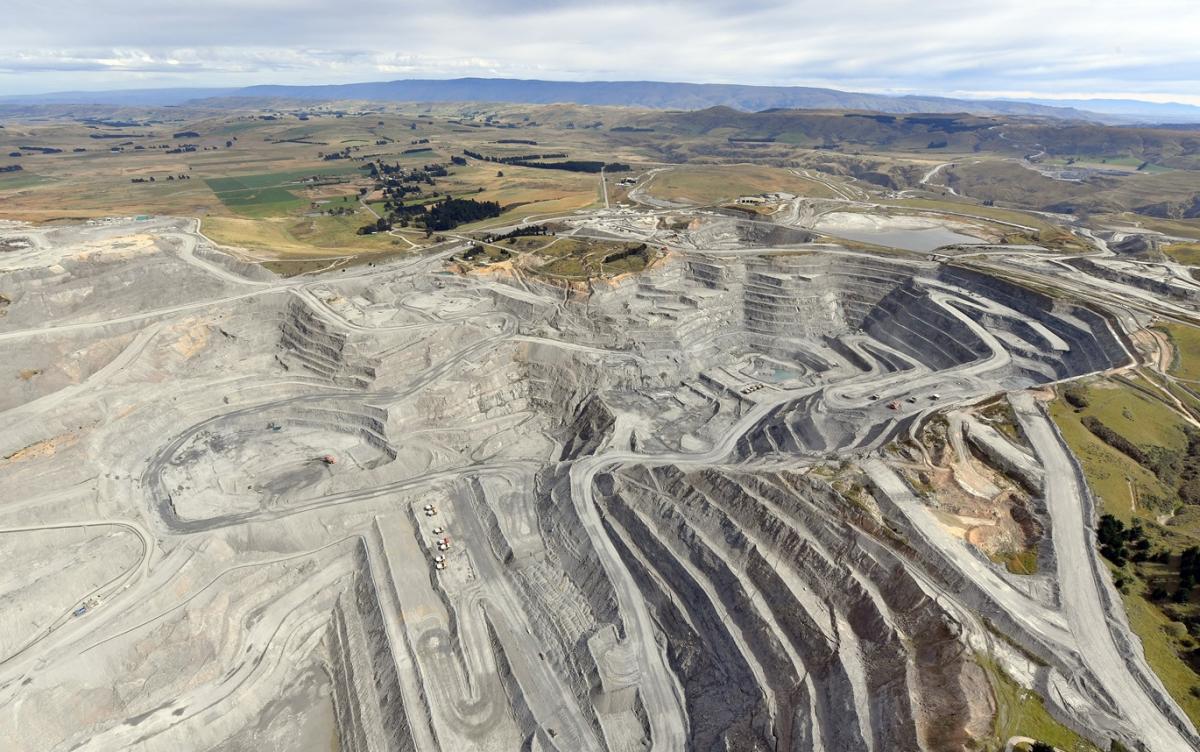Māpua residents are pushing back on development plans amid concerns that the “village feel” of their hometown is at risk.
Yesterday, Tasman District Council held its hearing on the draft masterplan for the seaside town and submitters said they were concerned about the extent of the envisaged development.
The draft Māpua Masterplan proposes zoning changes to accommodate the council’s estimate of an additional 1000 residents in Māpua over the next 30 years, with much of the growth occurring in the rural Seaton Valley area.
Local developers have welcomed the draft plan.
Gary Clark owned land in Seaton Valley which he told the council was suitable for commercial development and had received interest in establishing a small superette grocery store on the site.
“If we want to go forward and through generations, we need to build on unproductive land … so council’s targeting the right areas to allow growth to happen without affecting our food sources,” he said.
Consultant Jackie McNae, representing Seaton Valley property owners Bill and Erica Lynch, added that they also supported the general direction of the masterplan which would enable their own plans for a mixed density housing development.
The draft masterplan also provides for other housing projects, such as the fast-tracked Māpua Development which alone would provide for about 320 lots.
However, many locals felt as though the plan was being led by developers rather than current residents of the village.
Sonja Mitchell, who has family in Māpua, asked that the masterplan be rejected as it didn’t provide a “compelling case” to enable greenfield expansion.
“Māpua must not be made to absorb disproportionate and unsustainable regional population growth,” she said.
Seaton Valley resident and self-described “NIMBY” Melanie Drewery said the consultation process was a “farce” for property owners facing zoning changes in their area.
“Who are the results better for? The developers, who … carry a lot more weight than those of the community.”

Resident Jim Vause urged for more transparency in the masterplan, which he said should explicitly show how the demands of developers were balanced against the early community feedback.
Speakers generally agreed that the level of development proposed in the masterplan would be detrimental to the Māpua’s “village feel”, particularly regarding the rural surrounds.
Urban designer Timo Neubauer, representing local thinktank NelsonTasman2050, disputed that Māpua was an appropriate place for growth, but thought any that was needed could be provided for solely off Higgs Rd in higher density properties.
Should developments go ahead, he urged for the council to create rules to ensure future projects were well-designed.
“You need to at least give some clear guidance and rules to the developers as to … how they need to look to achieve the outcomes that we really want.”

More generally, residents also supported increasing the availability of smaller homes and the importance of protecting the environment.
Elected members were expected to deliberate on the masterplan on April 28, but that date might be pushed out as council staff prepare answers to several questions from councillors that arose from the community’s submissions.
“It’s better to do it properly and give us the amount of time we need to consider it, than try and rush it,” said hearing chairman councillor Kit Maling.
Local Democracy Reporting is local body journalism co-funded by RNZ and NZ On Air











